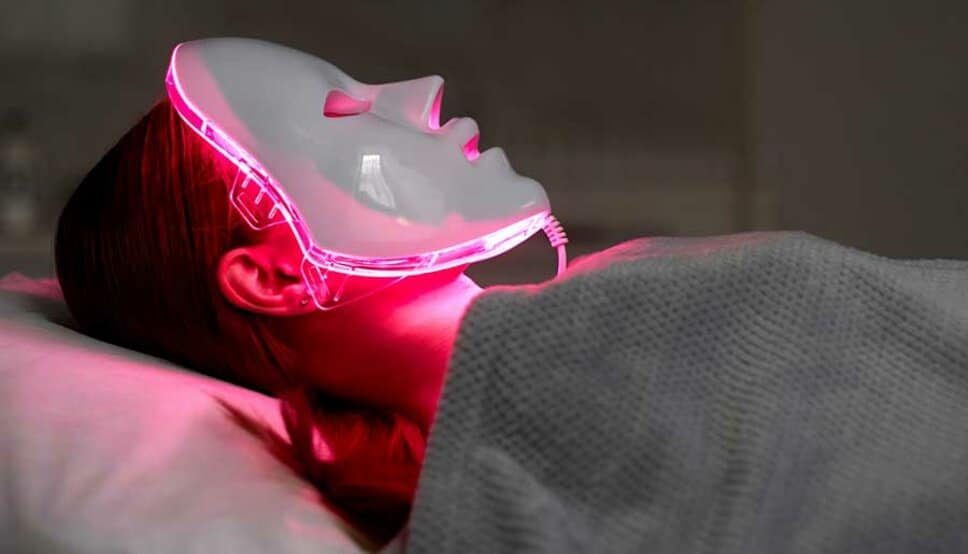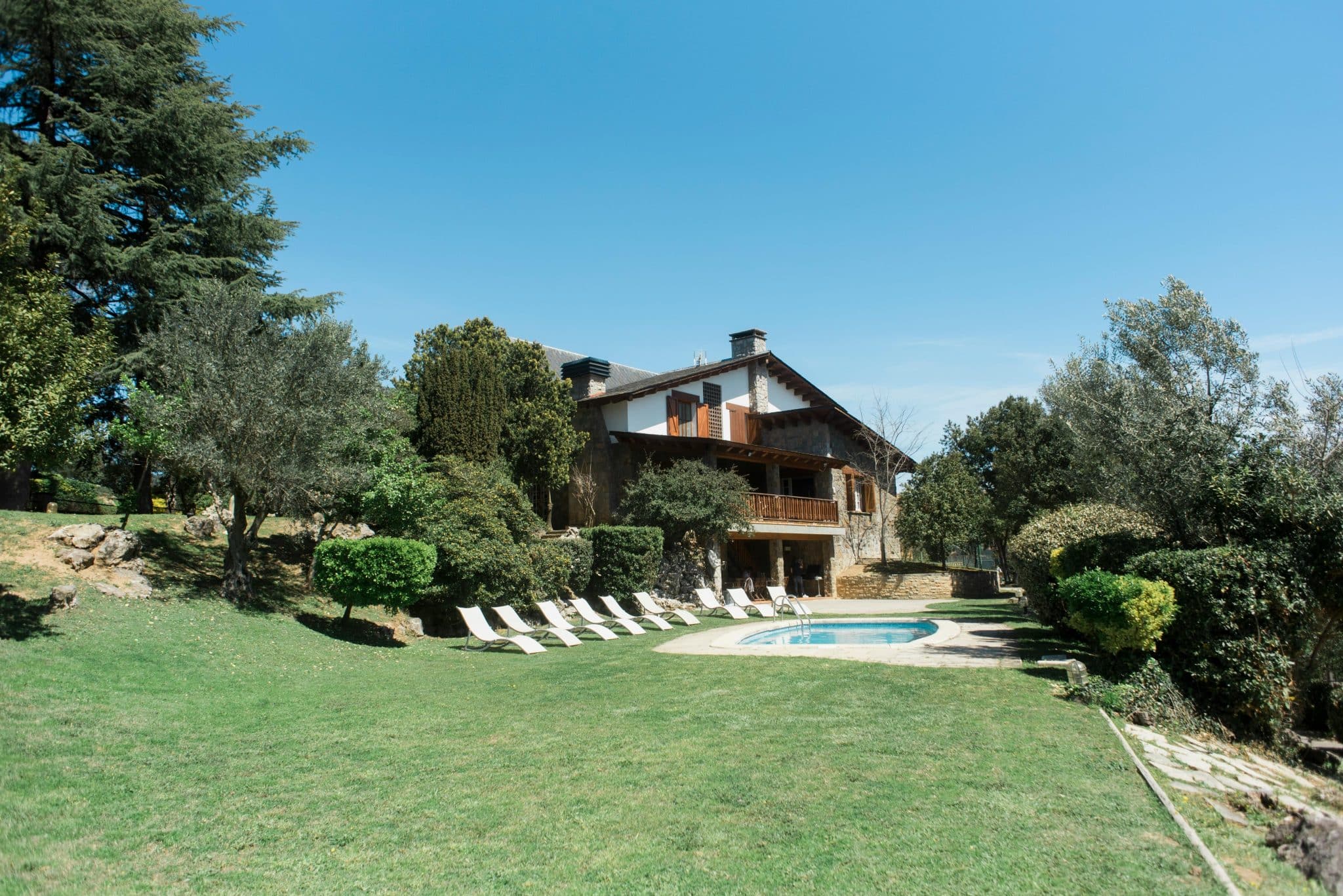The LED light therapy mask has become a staple in modern skincare routines, especially for those seeking professional-grade results without leaving home. Promising benefits like reduced acne, smoother skin tone, and visible anti-aging effects, these wearable devices are increasingly backed by dermatological research—and favored by aestheticians and consumers alike.
Introduction
Facial light therapy isn’t new, but the innovation of the LED light therapy mask has made clinical-style skincare more accessible than ever. Unlike topical creams or chemical treatments, light therapy targets skin cells at a biological level, using specific wavelengths to stimulate natural healing and rejuvenation processes.
In this guide, we’ll unpack:
- How LED masks work and why different colors matter
- What conditions they treat effectively
- How to use them safely and see results
- What science says about their efficacy
- Limitations to consider before investing
Whether you’re dealing with persistent acne, dull skin, or early signs of aging, this article will help you evaluate whether an at-home LED light therapy mask is right for your goals.
What is an LED Light Therapy Mask?
An LED light therapy mask is a wearable device—typically shaped to fit over the face—that uses light-emitting diodes (LEDs) to deliver low-level light energy to the skin. Each light color corresponds to a different wavelength, penetrating the skin at varying depths and targeting specific concerns.
Most consumer-grade masks offer multiple light settings, including:
- Red light (630–660 nm): boosts collagen, reduces fine lines
- Blue light (415–455 nm): targets acne-causing bacteria
- Green light (520–535 nm): reduces hyperpigmentation and evens skin tone
- Yellow or Amber light (590–620 nm): soothes sensitive skin and reduces redness
These masks typically run on a rechargeable battery or plug-in system, and sessions last between 10–20 minutes depending on the model.
How Do LED Masks Work on a Cellular Level?
LED therapy falls under the broader category of photobiomodulation (PBM)—a non-invasive approach that uses light to modulate biological processes. When light penetrates the skin, it’s absorbed by mitochondria, leading to increased ATP production (cellular energy), improved circulation, and anti-inflammatory effects.
- Red light: stimulates fibroblasts to produce collagen and elastin
- Blue light: damages the membrane of acne-causing bacteria (P. acnes), helping to reduce breakouts
- Green and yellow light: modulate melanin production and reduce vascular redness
Over time, this leads to visible improvements in skin tone, texture, and clarity, especially when therapy is used consistently.
Who Can Benefit from an LED Light Therapy Mask?

LED masks can benefit a wide range of users, including:
- Teens and adults with acne-prone skin
- Individuals experiencing rosacea or facial redness
- Anyone seeking non-invasive anti-aging solutions
- People with dull or uneven skin tone
- Sensitive skin types who avoid harsh topical treatments
Unlike laser treatments or retinoids, LED therapy is generally well-tolerated and safe for long-term use when following device guidelines.
What Does the Research Say?
Numerous clinical studies validate the effectiveness of LED therapy for skin concerns:
- A 2018 study published in Lasers in Medical Science found significant acne reduction using blue and red LED therapy over 8 weeks.
- Another trial in The Journal of Clinical and Aesthetic Dermatology showed red light improved fine lines and wrinkles with twice-weekly sessions over 12 weeks.
The key takeaway is that LED therapy works best with regular, sustained use, not just occasional sessions.
How to Use an LED Light Therapy Mask Safely and Effectively
Setup & Usage Tips:
- Cleanse your skin before each session to remove dirt and oils
- Choose the right color setting based on your current skin concern
- Session duration: 10–20 minutes is typically sufficient
- Frequency: 3–5 times a week is ideal for most users
- Moisturize afterward to lock in hydration and support skin recovery
Safety Considerations:
- Always use eye protection if your device does not include integrated shields
- Avoid if pregnant, photosensitive, or taking light-reactive medications without medical clearance
- Ensure your device is FDA-cleared or TGA-approved for added confidence
Limitations & What to Expect
While LED light therapy masks offer real benefits, they’re not a quick fix. Visible improvements generally take 4–8 weeks of consistent use, depending on your skin type and the issue being treated.
Additionally:
- Results are often mild to moderate, not dramatic
- They’re best used as complementary tools alongside proper skincare and sun protection
- Not all devices are equal—power output, wavelength accuracy, and light density vary greatly
Always prioritize quality, certifications, and proven reviews when selecting your mask.
Conclusion
The LED light therapy mask is more than just a beauty trend—it’s a science-supported skincare tool with real, measurable benefits when used correctly and consistently. Whether you’re targeting breakouts, signs of aging, or overall skin vitality, this wearable technology offers a low-risk, user-friendly approach to better skin health.
To get the most from an LED mask, match the light setting to your primary concern, commit to regular sessions, and integrate it into a holistic skincare routine. With patience and the right expectations, it could be a game-changing addition to your wellness regimen.








